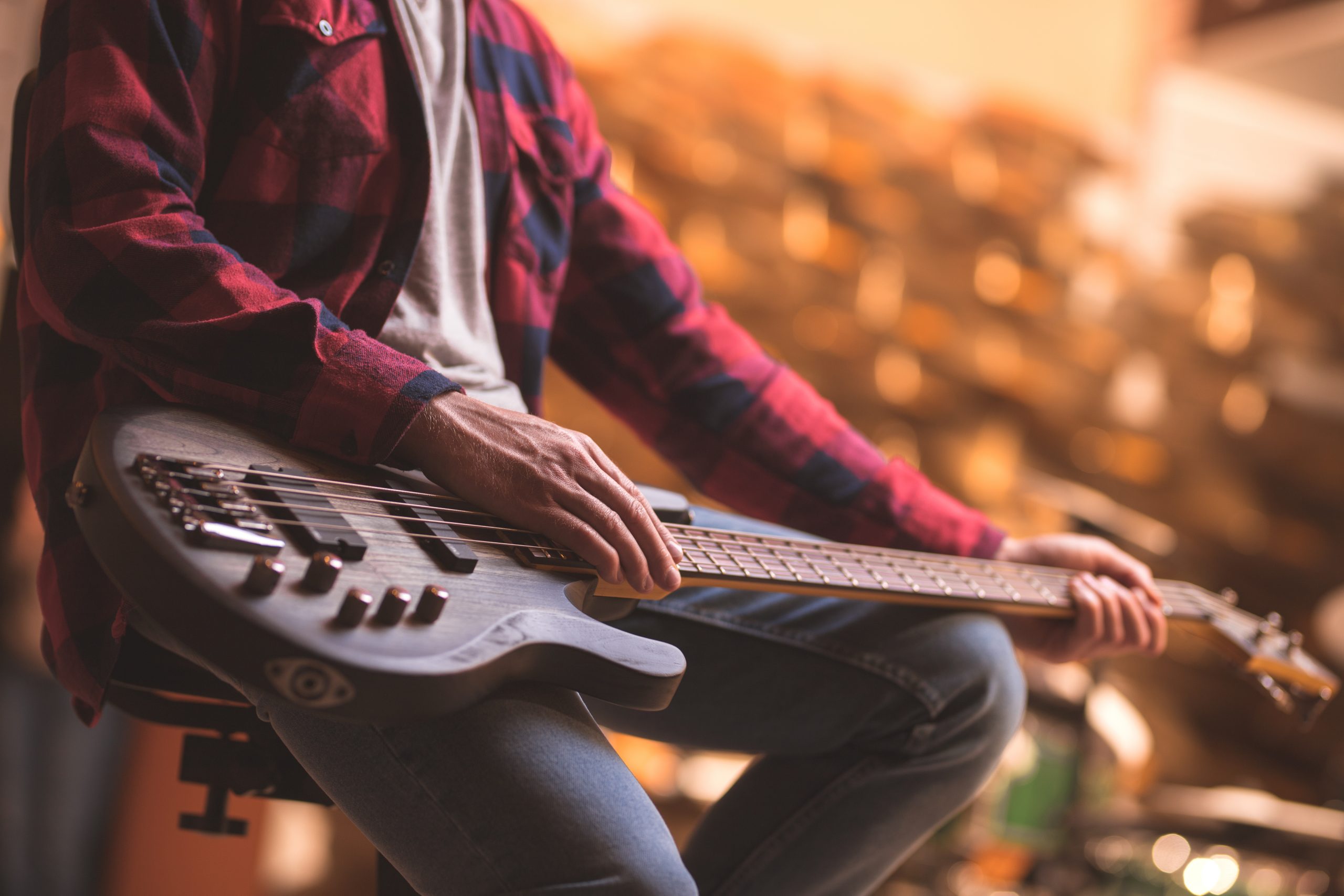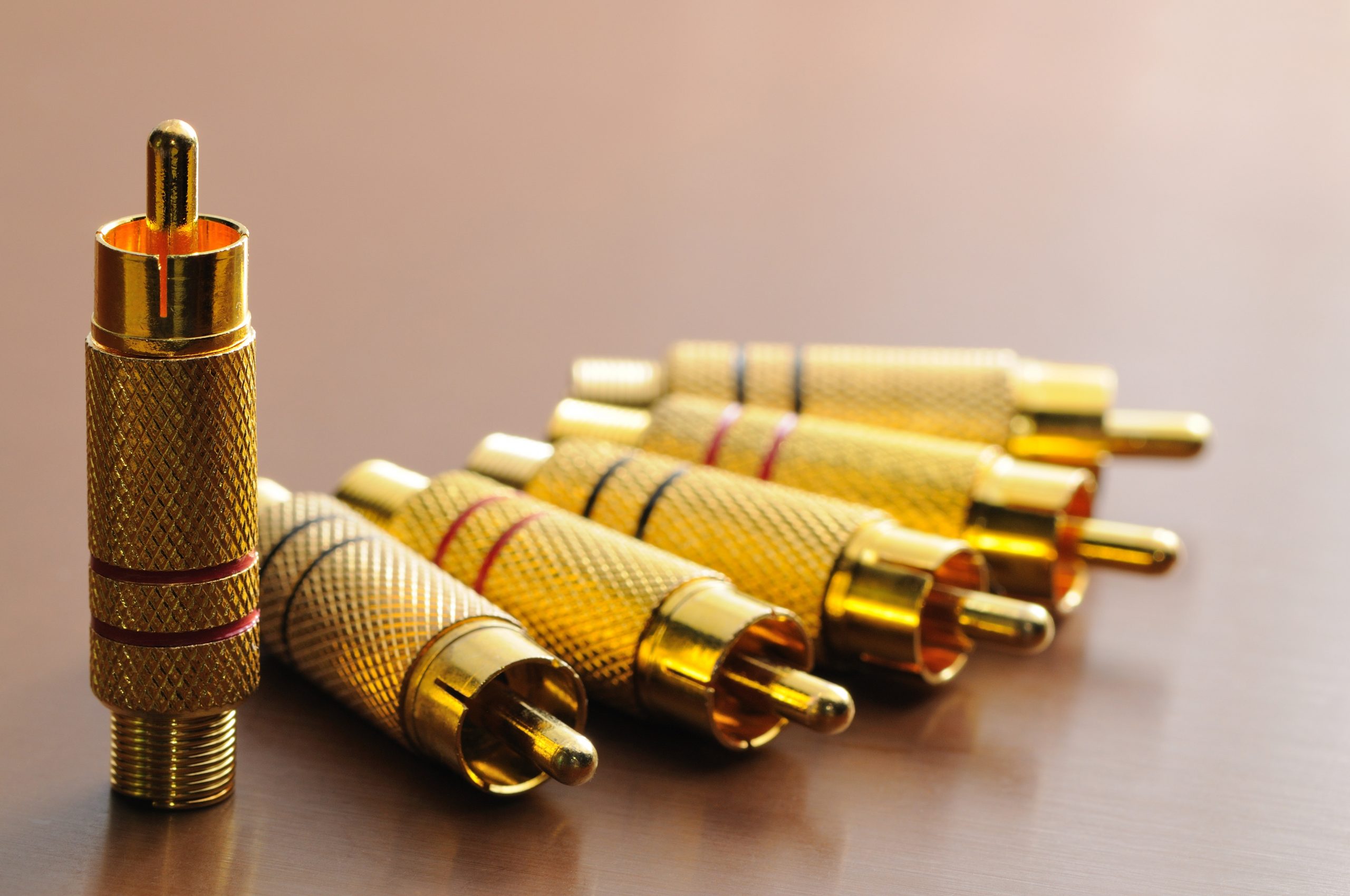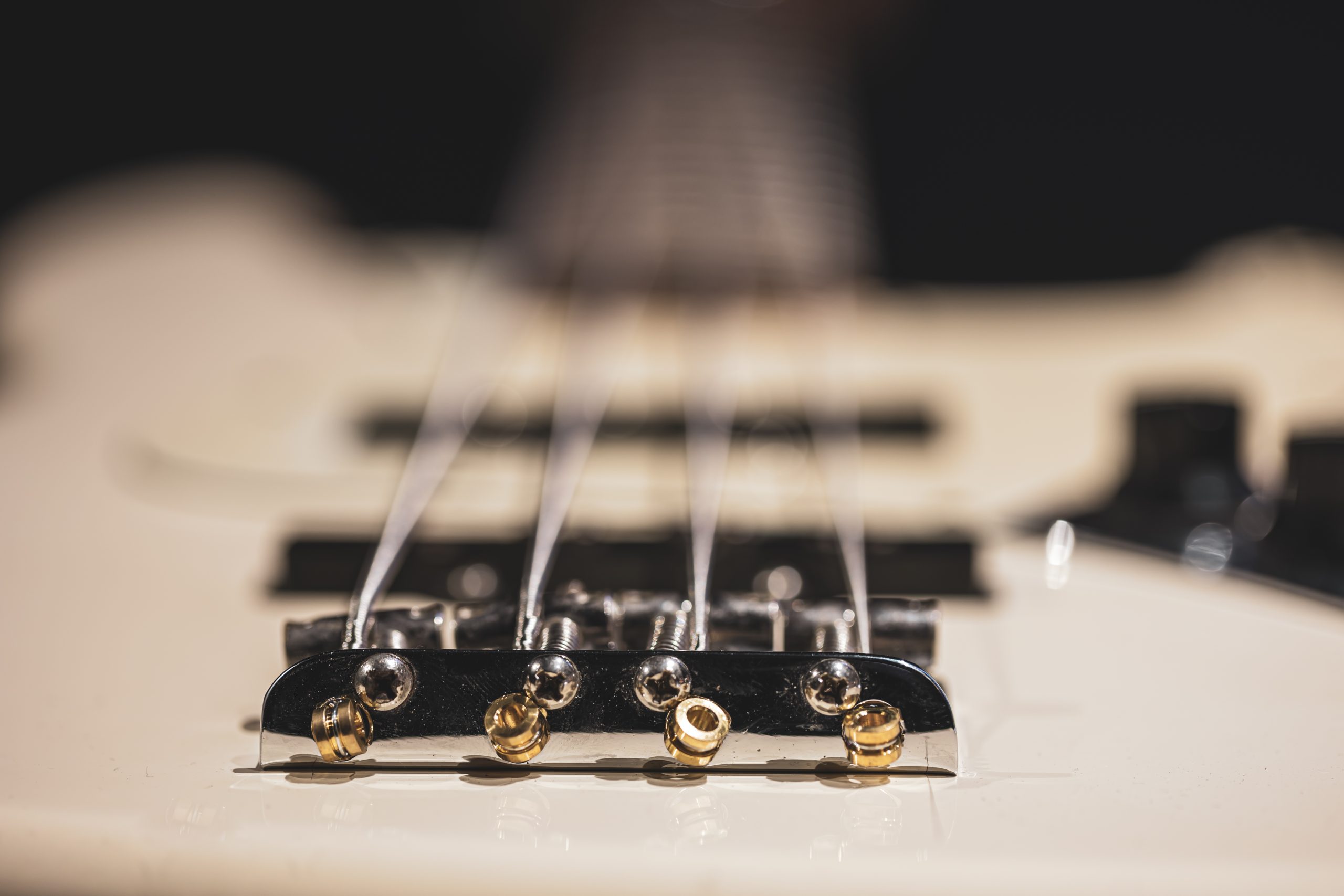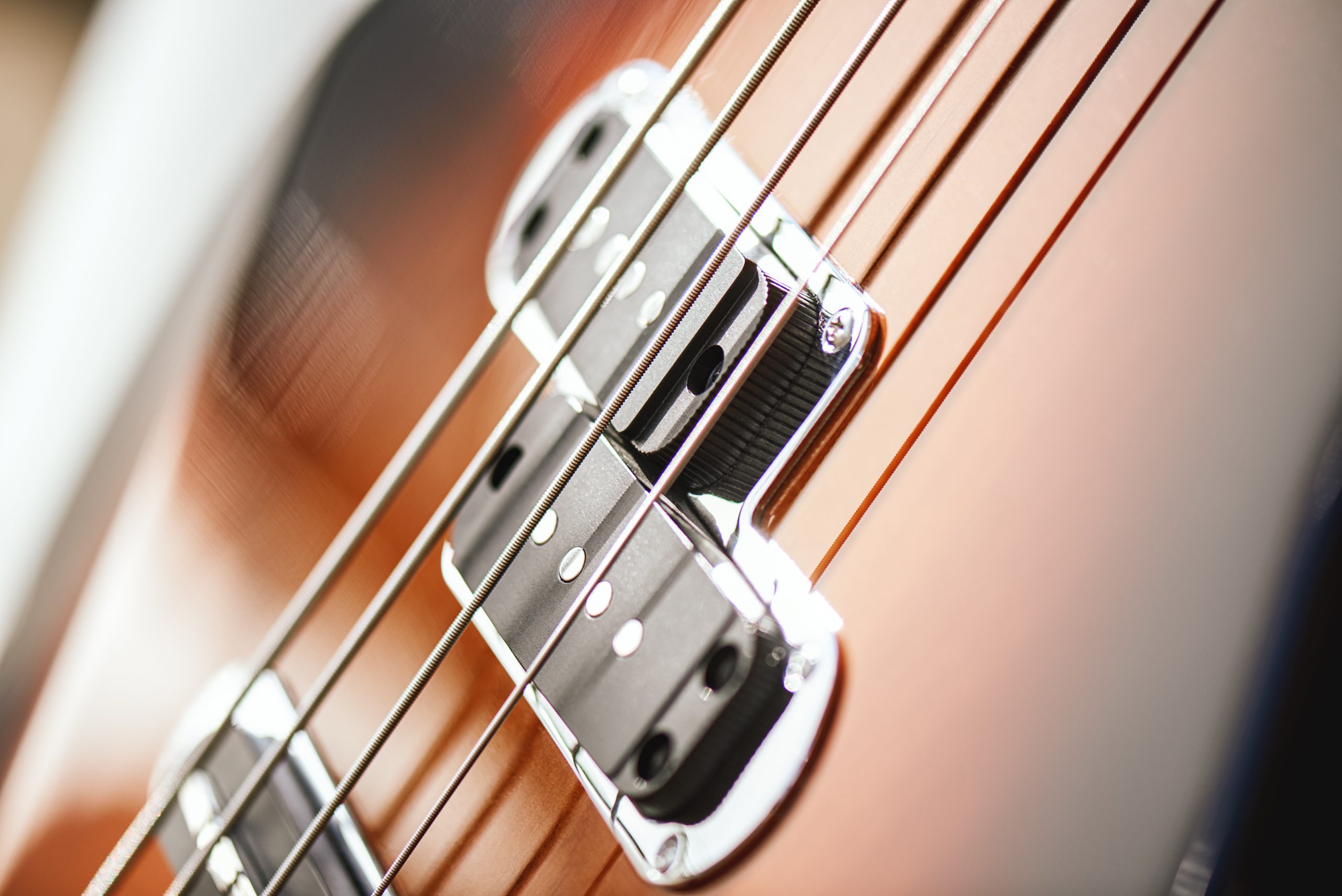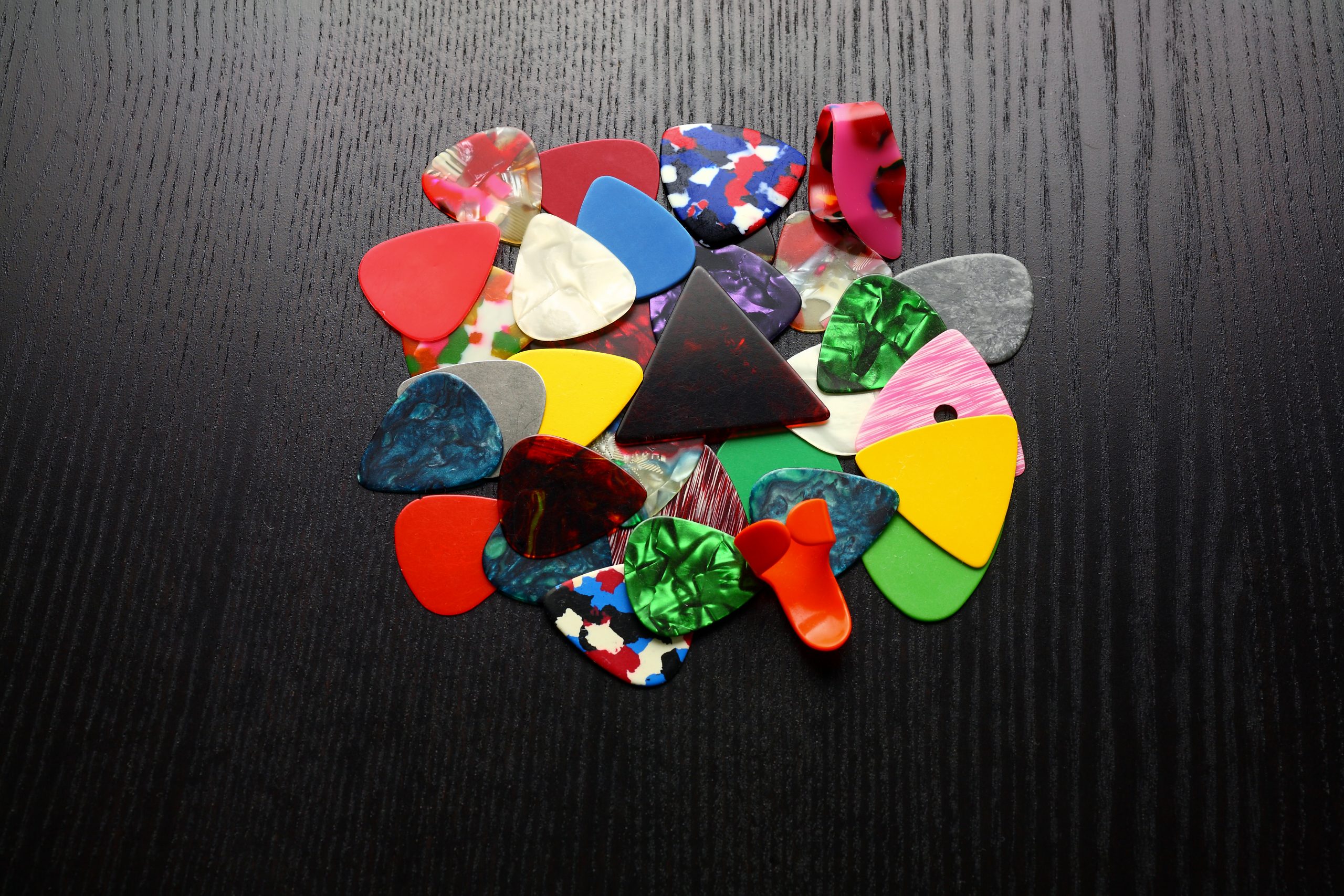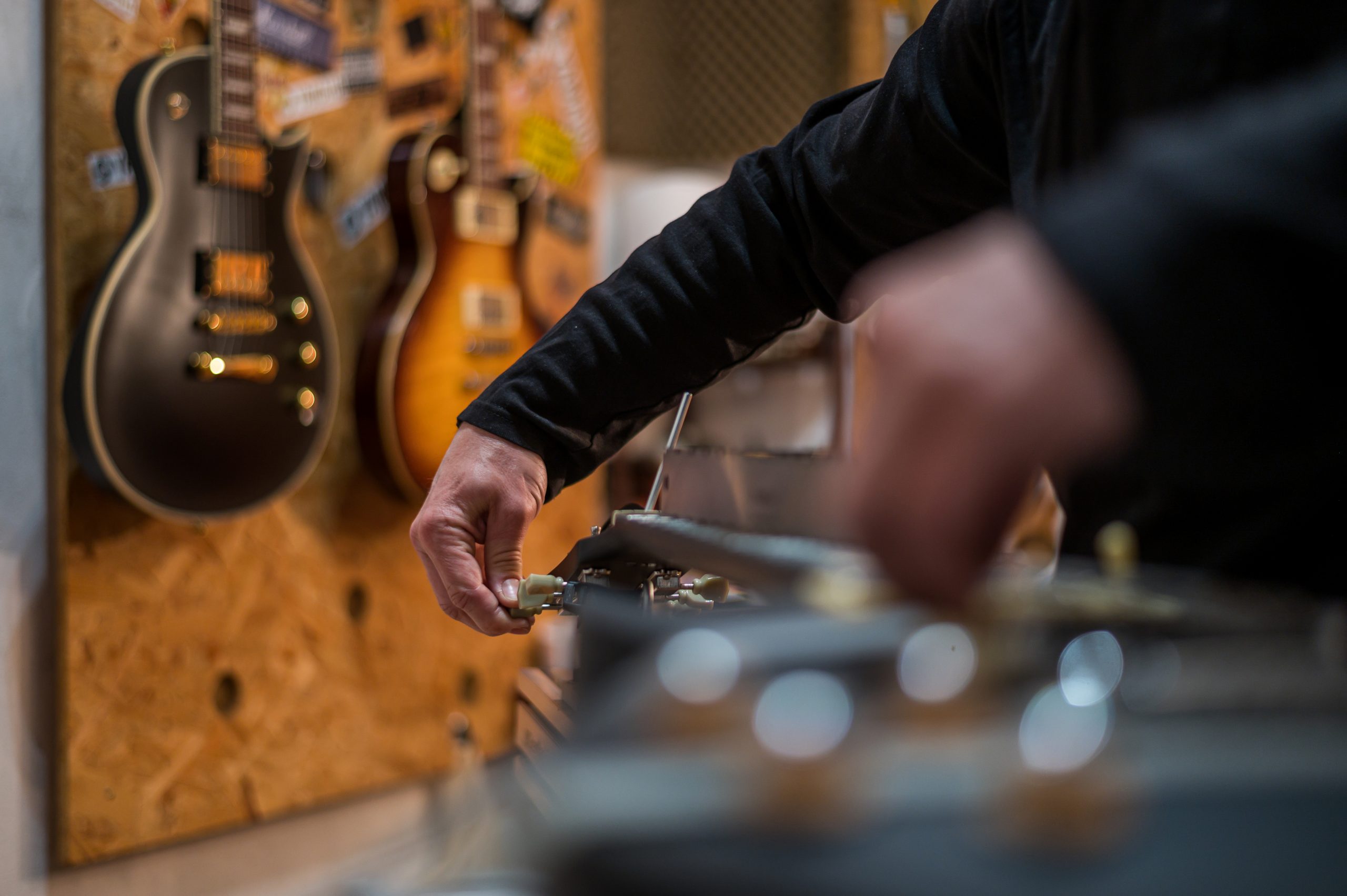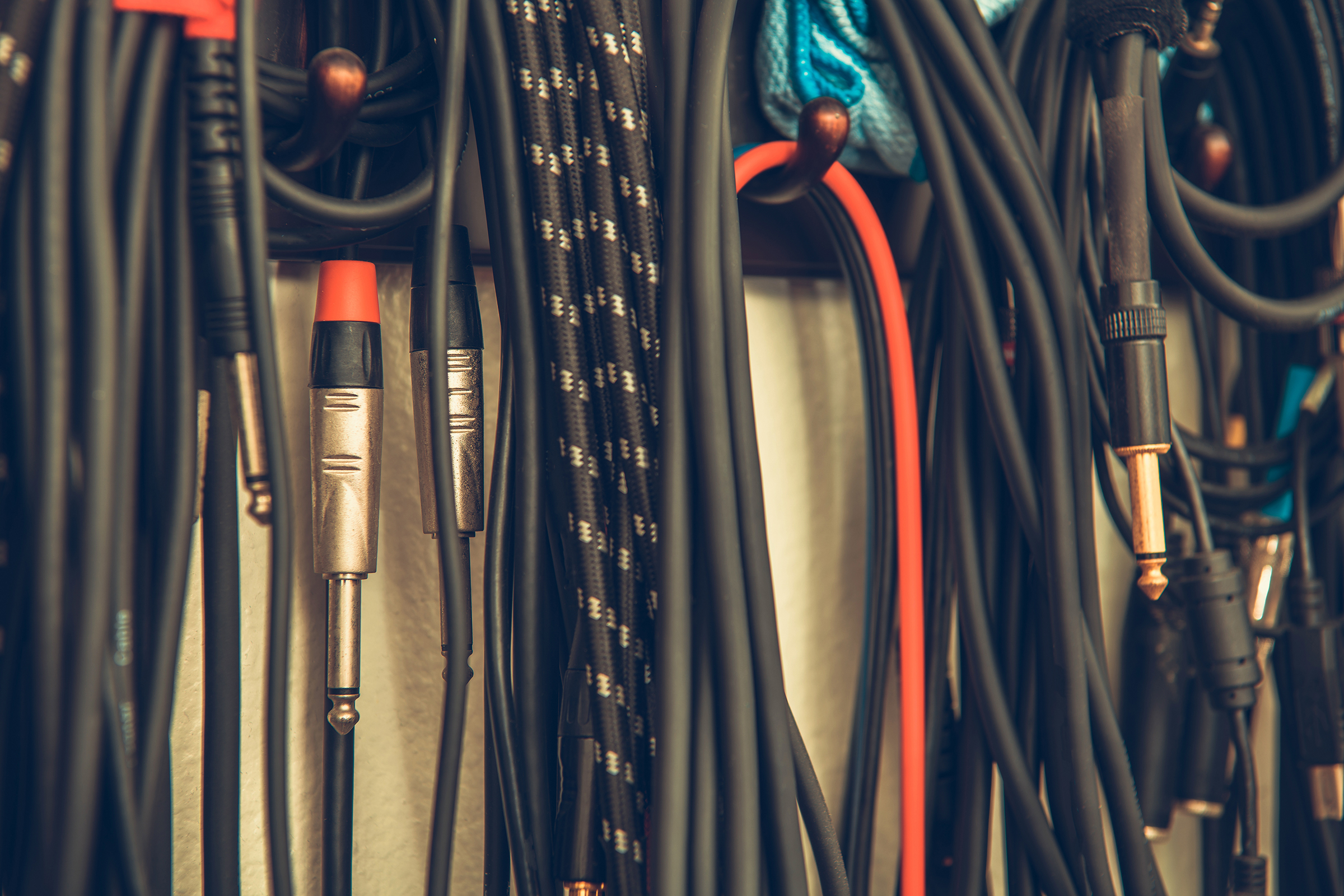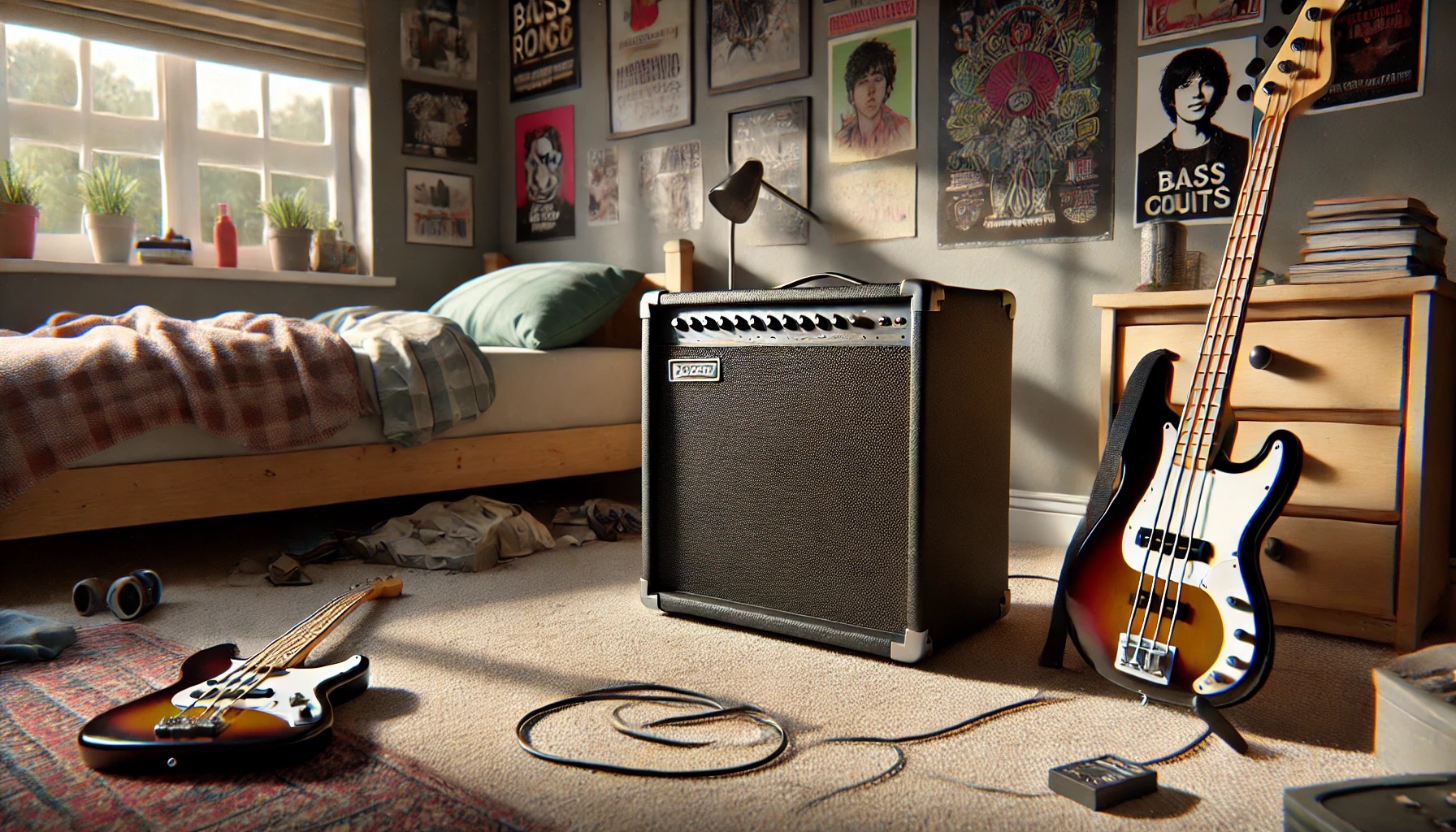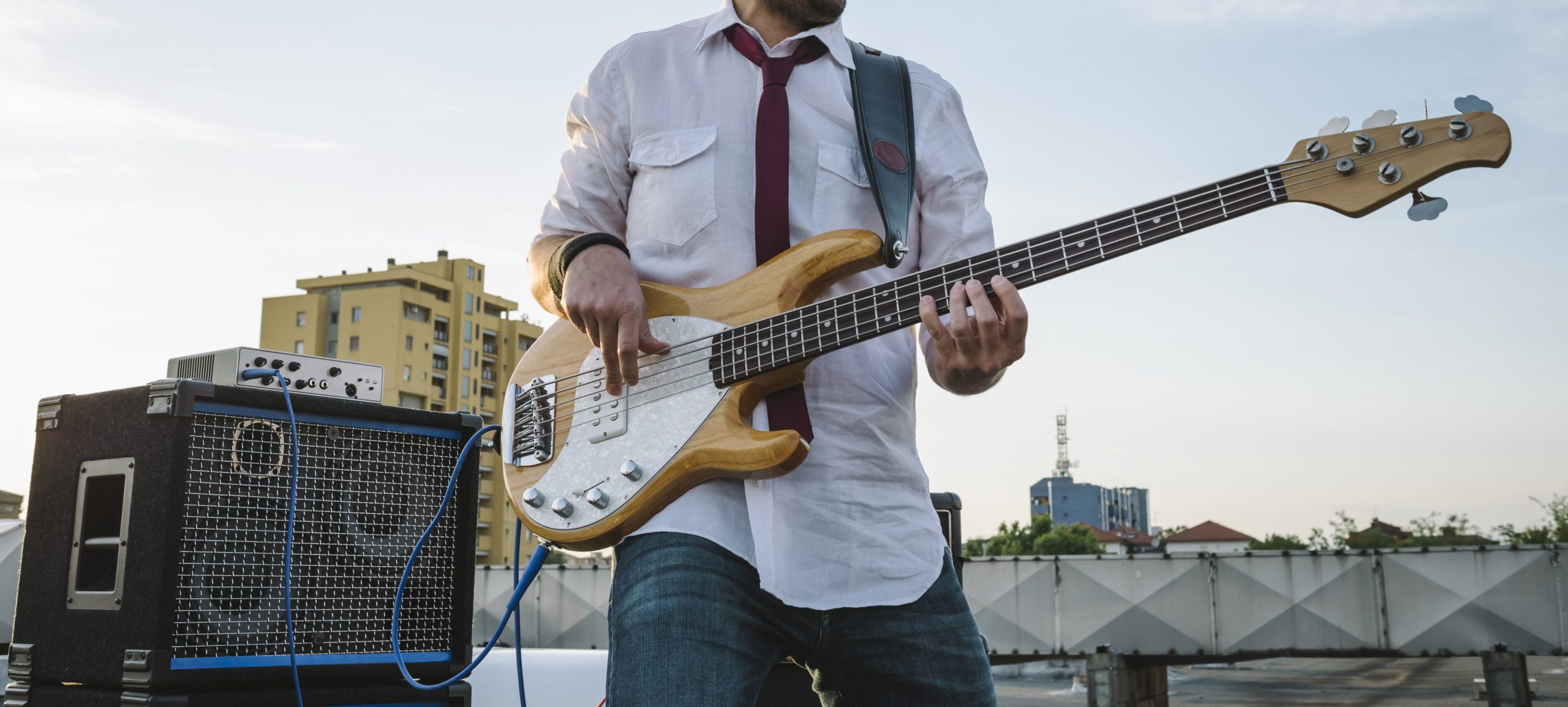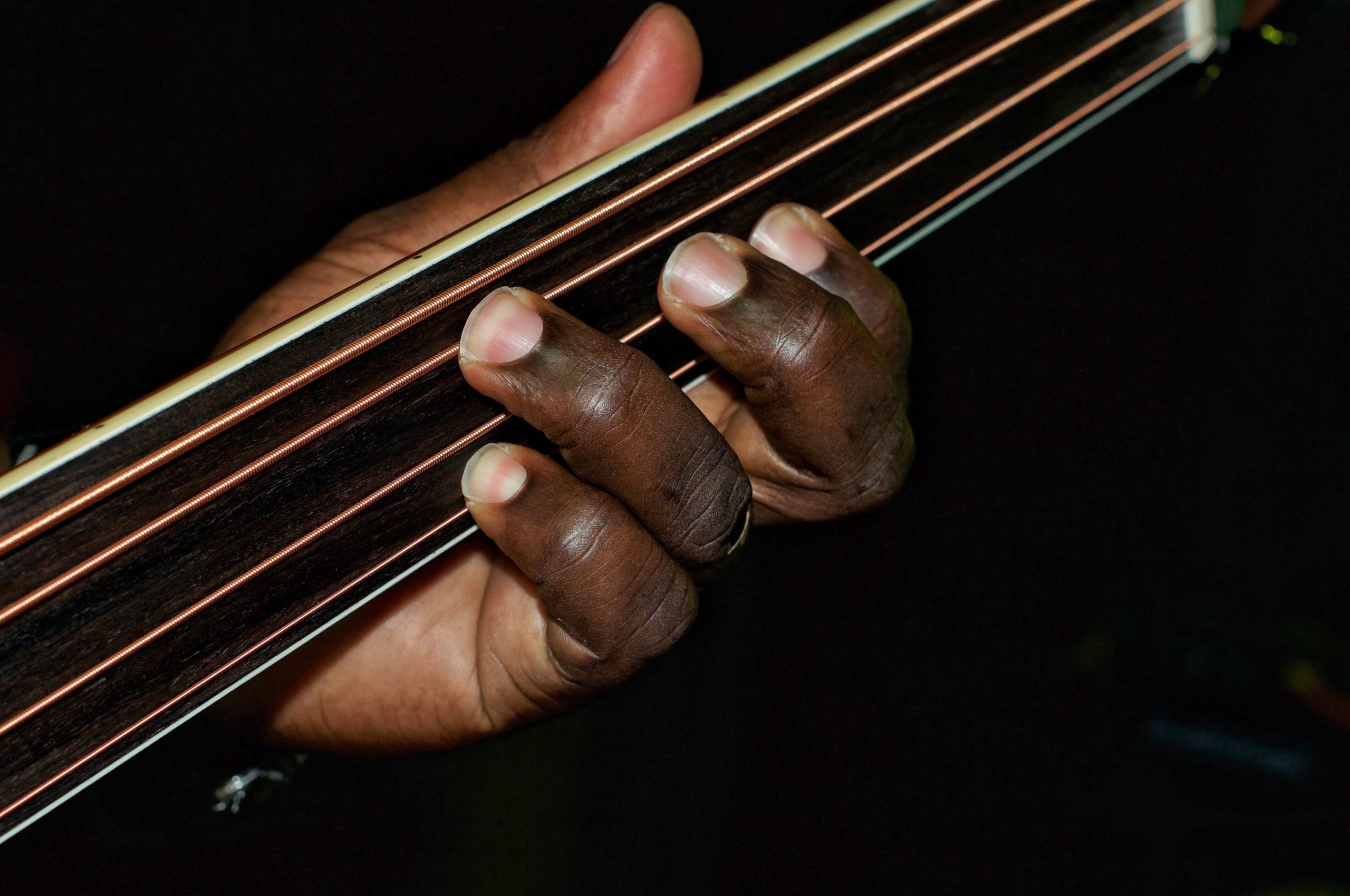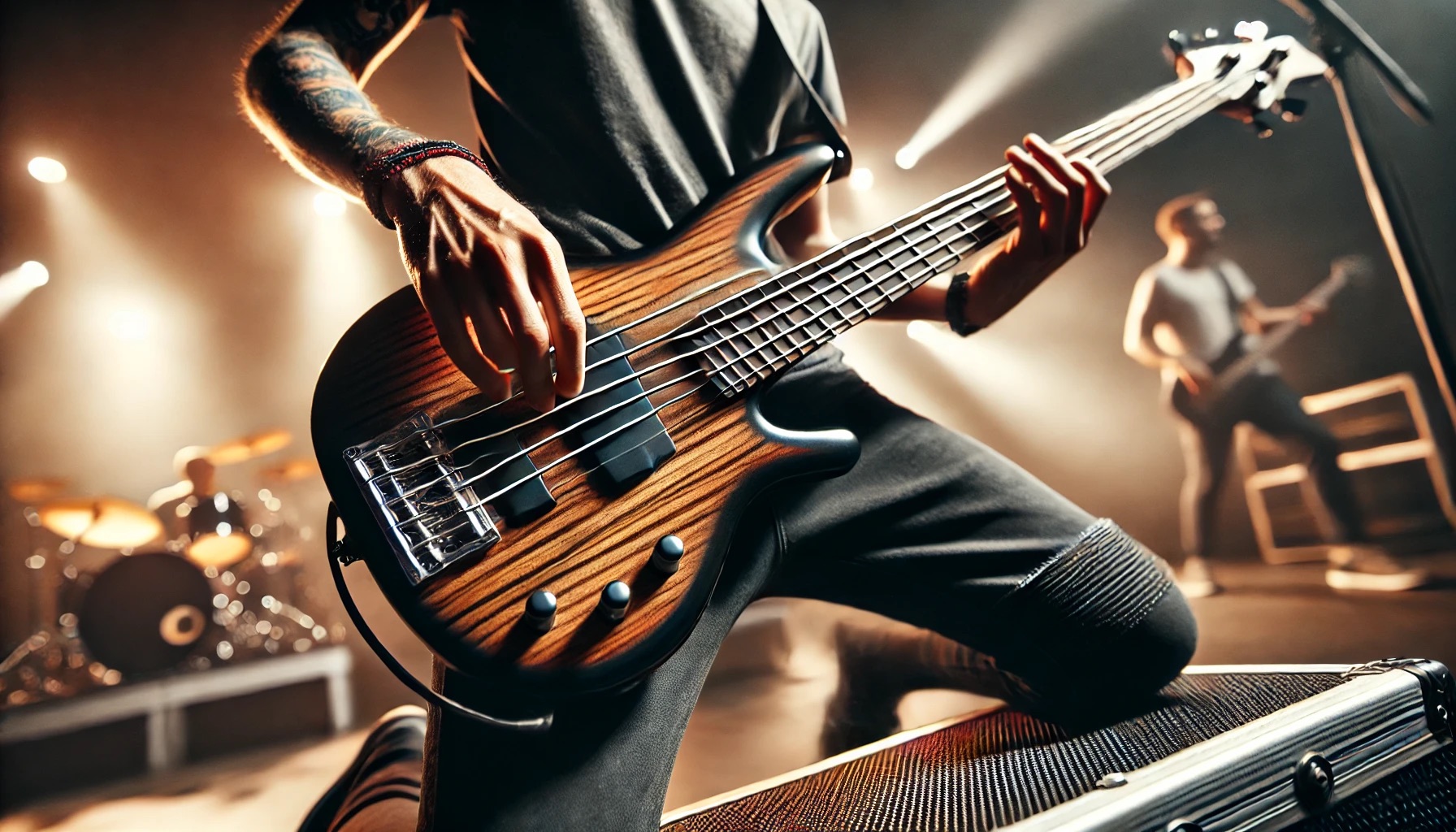Active Bass vs Passive
KEY TAKEAWAYS
- Active bass guitars feature an onboard, internally-mounted preamp powered by a battery between 9 and 18 volts.
- A passive bass offers a more straightforward user experience that only features volume and tone controls without a powered preamp.
- Some basses feature a bypass switch that allows players to swap between passive and active bass pickups.
If you’re shopping for the best bass guitar, you’ll want to know the difference between active and passive bass guitars. Using an active or passive instrument will impact how you sound in recordings and on stage. So, stay tuned to see whether an active bass vs a passive model is the best choice for you.
If you want a more traditional sound, see our guide to upright bass vs bass guitar. There are many acoustic and electric variations that may meet your needs.
Active vs Passive Pickups for Bass Guitar
While active basses aren’t the outright best bass guitar pickup, they feature additional hardware compared to a passive pickup. Active models offer an onboard, internally-mounted battery-powered preamp with between 9 and 18 volts. The preamp boosts and equalizes the pickup signal before hitting the output jack. This is especially useful for playing bass on a guitar amp.
Passive basses do not feature enhanced tonal control, but musicians can add effects pedals or adjust their amplifier settings to alter the sound. Passive models offer onboard volume control, and they provide a unique tone compared to active models, like comparing hollow body and solid body basses.
While deciding between passive and active bass guitars, check out our guide to humbucker vs single coil basses to further investigate how guitar hardware affects your sound.
Sound Quality
Just like comparing bass and guitar cables, there isn’t a clear winner in the passive vs active bass debate, according to many musicians. The amplified signal of an active bass produces a more responsive sound that minimizes volume disparities between different playing styles. That said, some bassists appreciate the warmer and cleaner tones of passive electronics on their instruments.
Tone Control
Passive models do not offer the tone control options of active bass guitars. In addition, users might experience tone loss (aka tone suck) when using extended cable lengths or multiple effects pedals in a sequence. Active basses often experience lesser interference thanks to the amplified signal from the battery-powered preamp.
Beginner Friendly
Experts often recommend that beginner bassists start with a passive bass guitar since it allows them to hear a more accurate representation of what they are playing. In addition, passive bass guitars offer a simplified experience compared to active pickups. That said, passive basses are more touch-sensitive, so you’ll hear more feedback or missed notes through the bass amplifier.
Active Bass Guitar vs Passive FAQs
Why are there two types of bass guitars?
From the 1950s to the late 60s, musicians didn’t have a choice between the two. Electric bass players simply used passive pickups until Music Man Instruments introduced the first widely available active bass in 1974.
The active instrument fixed some of the potential shortcomings of passive pickups. For example, active guitars provide onboard tone controls, so players don’t have to change their bass amp or pedal settings as often. While active bass circuits provide additional tech, some bassists still prefer passive setups instead of active systems.
Should you use active or passive bass for metal music?
The active bass is popular in heavy metal music due to the additional impact of the sound. In addition, many bass players like an active bass because it can produce more pronounced mids and highs than a passive model. That said, the debate over the use of active vs passive bass in heavy metal music is far from settled because some players choose to use passive pickups with effects pedals.
Are Jazz bass pickups active?
While there isn’t a set type of bass guitar that’s considered the best for any particular genre, many bass players prefer onboard amplification circuitry of active pickups for aggressive styles like slap bass, which is popular in Jazz. Additionally, basses with active preamps are better equipped for long cable runs without RF interference or tone loss between bass pedals, which are two critical factors for live performances.
Stats
According to a survey from Pew Research Center, 42% of respondents listen to Jazz music often. (Source)
Tips & Warnings
Tip
If you typically utilize a slap bass play style, go with an active pickup system.
Warning
If you play an active bass guitar, always place fresh batteries in your instrument before a performance to avoid it failing mid-performance due to a dead battery.
| Active Bass Guitar | Passive Bass Guitar | |
| Sound Quality | Draw | Draw |
| Tone Control | X | |
| Beginner Friendly | X | |
| Maintenance | X |


